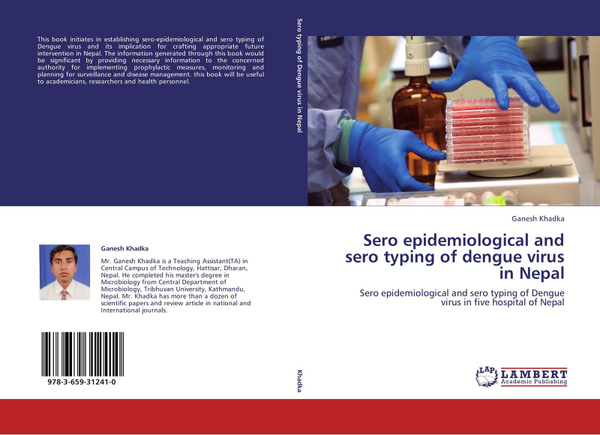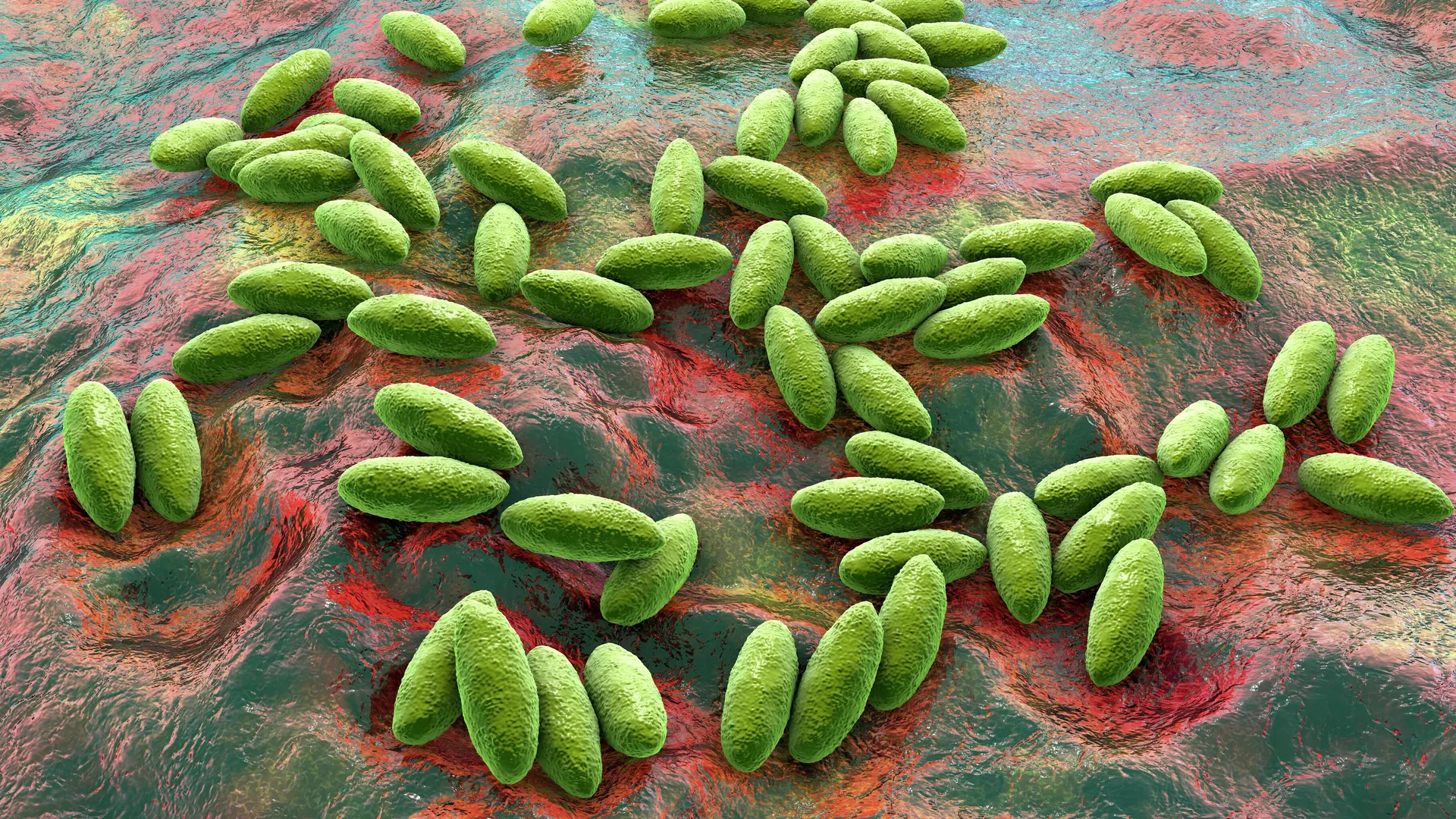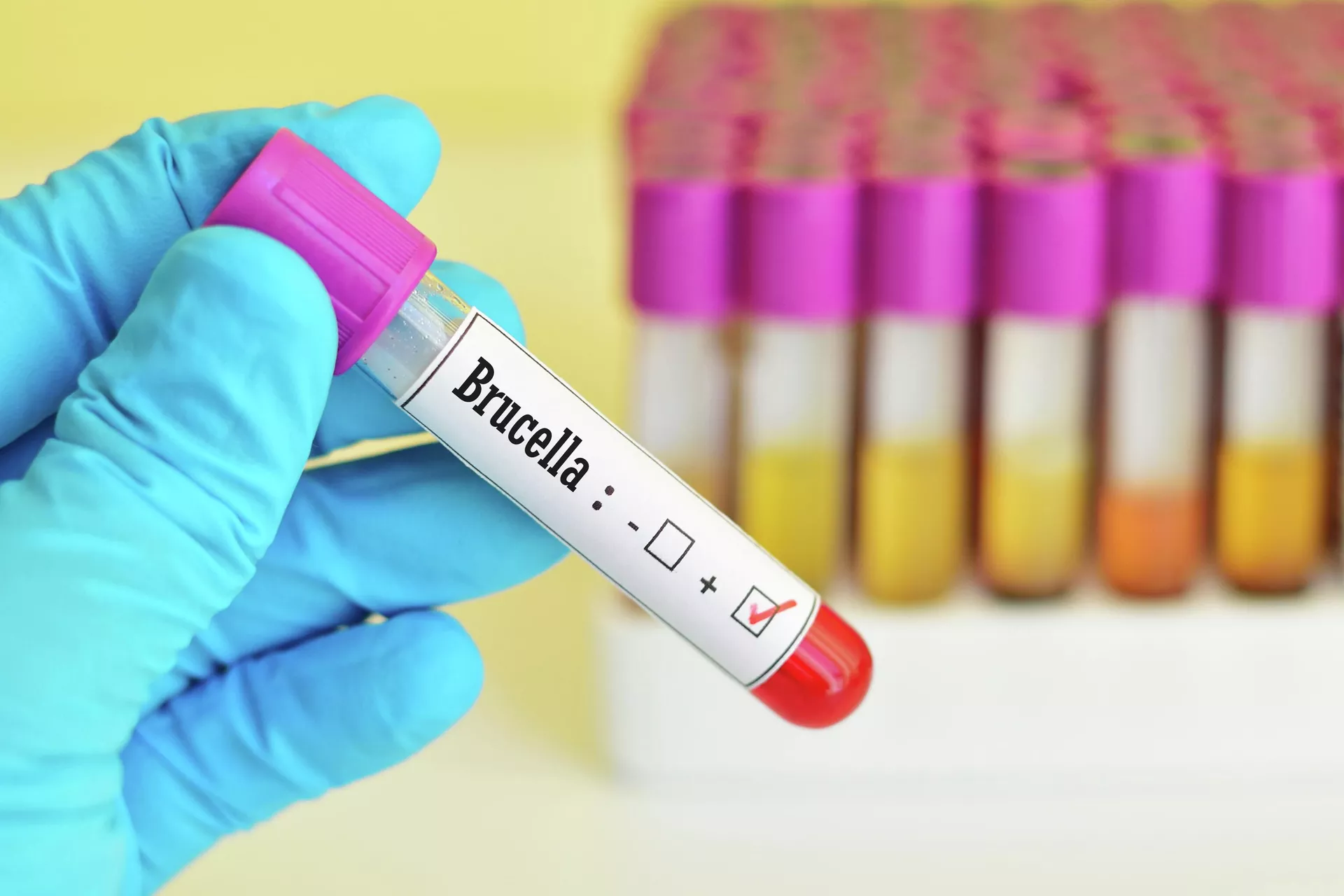
A team of Moscow scientists has developed a high-precision diagnostic method for brucellosis, a dangerous infectious disease affecting livestock and transmissible to humans. This development was announced by the Russian Science Foundation (RSF).

Brucellosis, caused by bacteria of the genus Brucella, is widespread among cows, goats, pigs, and sheep. It also poses a significant risk to humans, who can contract it through contact with infected animals or by consuming contaminated products such as milk and cheese. Without timely treatment, the bacteria can affect nearly all organs and tissues, including the musculoskeletal, nervous, respiratory, and circulatory systems.
According to the RSF press service, reliable and widely accessible diagnostic methods for brucellosis have been lacking until now. Existing methods often produce false positive results because they are based on detecting antibodies to the O-polysaccharide, a component of the Brucella cell wall. The problem arises because similar polysaccharides are present in other bacteria, making it difficult for current test systems to accurately differentiate between infected, vaccinated, or healthy animals.
Scientists from the N.D. Zelinsky Institute of Organic Chemistry of the Russian Academy of Sciences, the N.F. Gamaleya National Research Center of Epidemiology and Microbiology of the Ministry of Health of the Russian Federation, and RUDN University (all located in Moscow) proposed using a different component of the Brucella cell wall for diagnosis: cyclic β-D-glucan, also known as polysaccharide B.
This polysaccharide is produced by the bacteria in large quantities but does not typically trigger a strong immune response, which had previously prevented its use in test systems. To overcome this challenge, the researchers synthesized a series of oligosaccharides mimicking fragments of the natural polysaccharide B. A structure consisting of five monomers proved to be the most similar to the natural molecule. The authors conjugated this structure with a protein (bovine serum albumin) to confer immunogenic properties, meaning the ability to induce an immune response.
The resulting immunogen was administered twice to rabbits with a 14-day interval. Twenty-eight days after the first injection, the animals developed antibodies specifically targeted at the oligosaccharide used for immunization.

«Natural polysaccharide B practically doesn`t cause the production of specific antibodies, so it was not previously considered a diagnostic marker for brucellosis detection. But we managed to obtain specific antibodies that can form the basis for highly accurate test systems for diagnosing the disease and testing meat and dairy products,» said Nikolay Nifantiev, head of the Glycoconjugate Chemistry Laboratory at the N.D. Zelinsky Institute of Organic Chemistry of the Russian Academy of Sciences and leader of the project supported by an RSF grant. His comments were shared in the announcement.
The practical importance of this development is significant given the large economic losses brucellosis can cause. The RSF press service noted that disease outbreaks often require the culling of entire herds, and false positive tests result in the unnecessary destruction of healthy animals.
The results of the study, funded by a grant from the Russian Science Foundation (RSF), have been published in the journal Communications Chemistry, part of the Nature group of journals.











